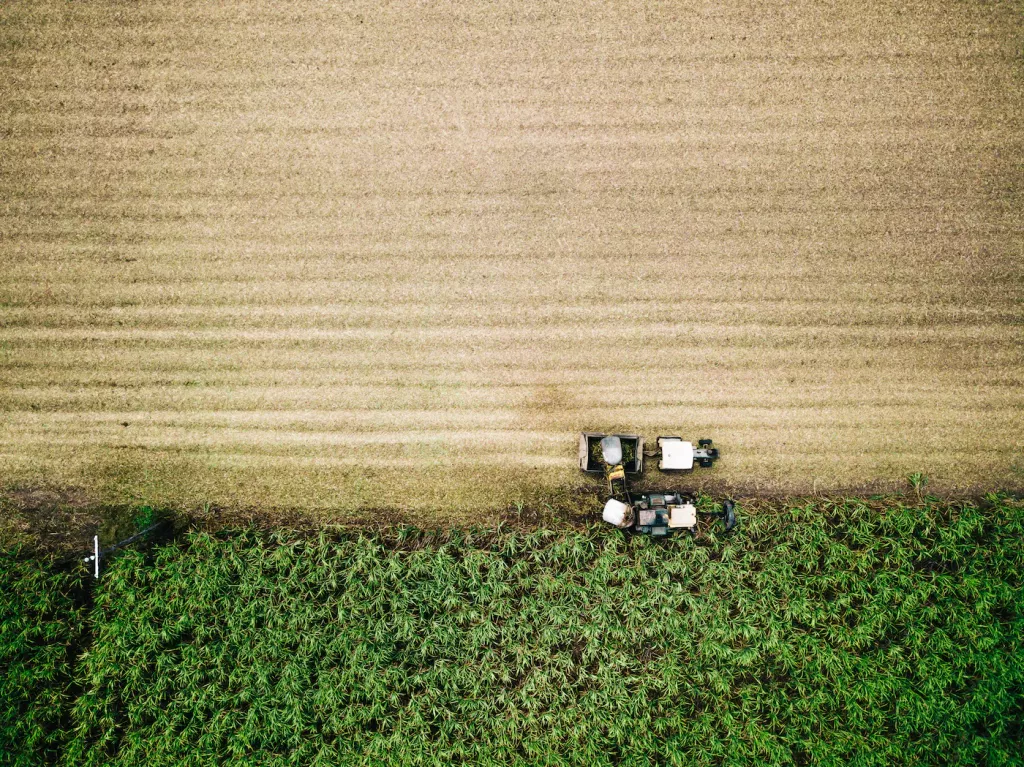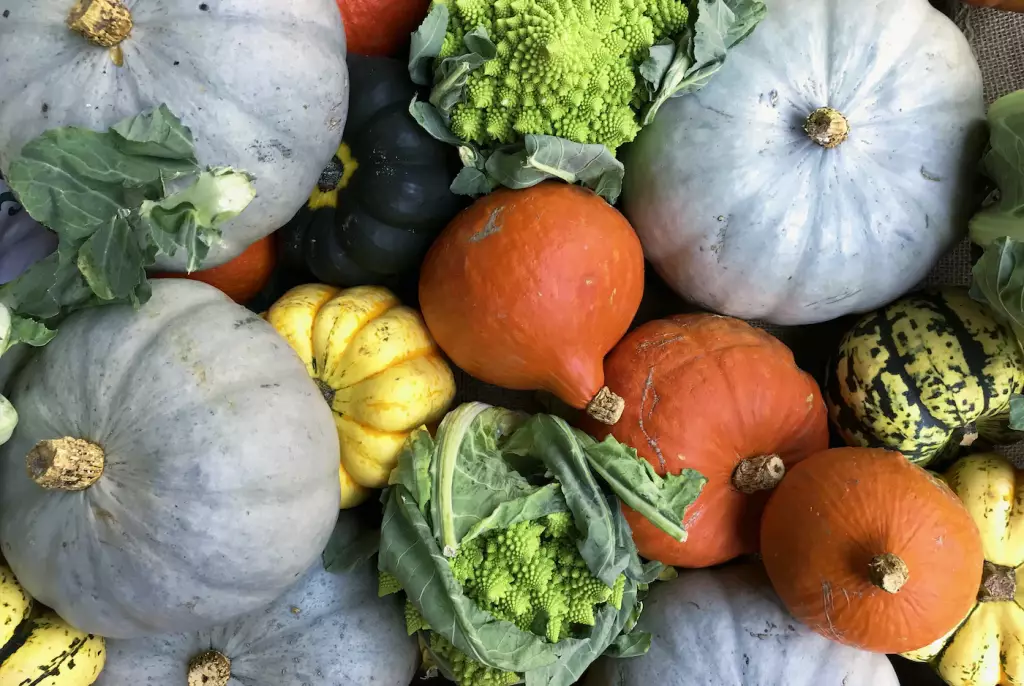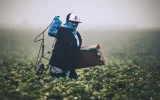7 Proven Small Acreage Farming Ideas for Australia
Small-acreage farming in Australia involves cultivating and managing a small amount of land for the purpose of producing crops and/or livestock. Let's explore these seven tried-and-tested ideas that can help you make the most of your land and create a profitable and sustainable business.
Ideas such as growing vegetables and fruits, raising livestock, and cutting flower production can all be viable options for small-acreage farming in Australia. Additionally, beekeeping, aquaculture, and mushroom production can help to increase your profits and make your farm a success.
From growing native plants to aquaculture, let's turn your land into a thriving farm. Keep reading to help make your farm sustainable.
Summary
- Vegetable production and fruit production are the most common when it comes to small-acreage farming in Australia.
- Livestock production and beekeeping are important parts of the Australian agricultural industry to supplement traditional farming.
- Cut flower production, aquaculture, and mushroom production have been contributors to Australia's local economy.

On this page:
7 Small Acreage Farming Ideas
Start a small farm in Australia and learn the secrets of success. Here are seven proven ideas for small acreage farming.
1. Vegetable production is a proven small-acreage farming idea
Vegetable production for small acreage in Australia is becoming increasingly popular as more people move to rural areas and as more land becomes available for small-scale farming. Small-acreage vegetable production offers a low-cost entry point into agriculture and the potential to generate an income from the sale of fresh produce.
- The first step in vegetable production for small acreage in Australia is to find a suitable piece of land. This may include land that is already cultivated or land that is available through government grants.
- Once the land has been secured, the next step is to prepare the soil by tilling, fertilizing, and amending it to ensure it is suitable for vegetable growth.
- Additionally, an irrigation system may need to be installed depending on the type of vegetables being grown.
When it comes to selecting vegetables to grow, the choice can be overwhelming. It’s important to consider the local climate, soil conditions, and the types of crops that are typically grown in the area.
For example, in the warmer climates of Australia, it’s generally best to grow vegetables that require a longer growing season, such as tomatoes, capsicums, and pumpkins. In cooler climates, short-season vegetables such as potatoes, carrots, cabbage, and lettuce are better suited.

2. Fruit production is a common type of farming in Australia's small acres
Australia has an abundance of land suitable for growing fruit, making it an attractive option for small-scale farmers. With the right variety and growing methods, it is possible to produce a large amount of fruit from a small acreage.
Identify a suitable site. Australia's climate and soil types vary widely, so it's important to choose a location that is suitable for the types of fruit you plan to grow. Growers should consider factors such as soil fertility, soil pH, water availability, and temperature.
Select the right variety of fruit. Australia has a wide range of varieties of apples, pears, grapes, and other fruits. Growers should research the best varieties for their specific conditions, as some varieties may be better suited to certain climates or soils.
Prepare the land and the planting area. This includes clearing the land of any debris, tilling the soil, and installing a drainage system. Once the land is prepared, growers should plant the selected variety of fruit.
Maintain the orchard. This includes regular pruning, fertilizing, and pest control. Growers should also provide adequate irrigation to ensure the fruit grows to its full potential.
3. Livestock production is a great farming idea for small acres
Livestock production on a small acreage in Australia is the practice of raising animals on a small amount of land to produce food and other products. This type of production is an important part of the Australian agricultural industry and is becoming increasingly popular as a way to supplement, or even replace traditional farming methods.
When it comes to producing livestock on small acreage, the most common animals are sheep, cattle, and poultry. Sheep are a popular choice as they require little space and can be easily managed, while cattle are the most common option for providing red meat. Meanwhile, poultry is ideal for producing eggs and meat and can also be a great way to generate income.
4. Cut flower production is a popular type of farming for small acres
Cut flower production for small acreage in Australia is becoming increasingly popular for small-scale farmers. This is because it offers growers the opportunity to make a profit from a smaller space than traditional farming.
There are a variety of flowers that will grow well in Australia, including roses, carnations, snapdragons, gerberas, and chrysanthemums. When selecting flowers, it is important to consider the suitability of the flower for the climate, soil type, and market demand.
The soil needs to be well-drained and free of weeds. It is also important to ensure that the soil is well-fertilized and that the correct pH level is maintained. When it comes to watering, it is important to ensure that the flowers are kept well-watered. This can be done manually or through an irrigation system. Additionally, it is important to ensure that the flowers are kept free of pests and diseases.
5. Beekeeping is a great way of farming small acres
Beekeeping for small acreage in Australia can be a great way to make a living and help the environment. Australia is home to a variety of native bee species, including the world-renowned honey bee. Beekeeping on small acreage has become increasingly popular in recent years due to its potential to produce honey, beeswax, and other bee-related products.
- Beekeeping on small acreage requires some basic knowledge and preparation.
- Beekeepers must be aware of the specific needs of bees, such as food, water, and shelter.
- They must also have a good understanding of the different types of bee hive structures and the necessary equipment for keeping bees.
- Additionally, beekeepers must understand the local regulations about beekeeping and know how to identify and manage diseases and pests.
6. Aquaculture is a traditional way of farming for small acres
Aquaculture on small acreage in Australia has a long history of being an important contributor to the local economy. It has been used to supplement the income of farmers for generations and is still a major source of income for many rural areas.
The majority of aquaculture in Australia is conducted in freshwater areas. This includes farming fish, crustaceans, and mollusks (such as oysters, mussels, and clams). Many of these species can be farmed in small ponds on small acreages, with the correct management.
The key to successful aquaculture on a small acreage in Australia is careful management. This includes providing the right water quality, temperature, and oxygen levels. It also involves stocking the ponds with the right species that are suitable for the environment. Additionally, regular monitoring of the water quality and stocking levels is essential.
Aquaculture can be a lucrative business, with many species, such as yabbies and yabbies-like species, fetching a premium price. However, it is important to be aware of environmental issues and the potential impacts on surrounding areas when farming species native to Australia.

7. Mushroom production is suitable for Australia's small acres
Mushroom production is an increasingly popular agriculture venture in Australia, particularly on small acreage. The country is home to a wide variety of mushrooms, and Australians have had a long-standing love affair with the fungi. Growing mushrooms on a small acreage can be a lucrative business and can provide a unique opportunity to create a sustainable agricultural product.
- The most common cultivated mushroom species in Australia are button (Agaricus bisporus) and shiitake (Lentinula edodes).
- Button mushrooms are the most popular and are relatively easy to grow, while shiitake mushrooms require more specialized knowledge and care.
- Other species, such as oysters (Pleurotus ostreatus) and Enoki (Flammulina velutipes), are also grown in Australia, although they require more specialized care.
Mushroom production requires loose, well-drained soil with a pH between 5.5 and 7.5. The soil should be amended with compost or a mushroom compost mixture to provide nutrients and create a balanced environment for the mushrooms.

